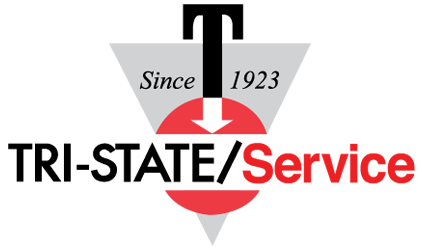 The practice of naming storms began as a quick way to identify them and avoid confusion. Names made it easier for media reporting and heightened interest, increasing preparedness. Initially, these names were selected arbitrarily, often based on the place or time of year they made landfall.
The practice of naming storms began as a quick way to identify them and avoid confusion. Names made it easier for media reporting and heightened interest, increasing preparedness. Initially, these names were selected arbitrarily, often based on the place or time of year they made landfall.
The National Hurricane Center originated lists of names for Atlantic tropical storms beginning in 1953. At first, only feminine names were used. In 1979, men’s names were introduced, with the men’s names alternating with the women’s.
These are now maintained and updated by an international committee of the World Meteorological Organization. There are six lists used in a yearly rotation. Lists are arranged in alphabetical order. At the start of each year, they circle back to the letter ‘A’.
Changes to the lists are made only in the event of extremely deadly or costly storms. Those names are removed in the interest of sensitivity, with new names selected to replace them. Harvey, Irma, Maria and Nate are the latest names to be retired. These destructive hurricanes slammed parts of United States and Caribbean in 2017. Harold, Idalia, Margot and Nigel are the names chosen to replace them. They will first appear in the 2023 list of storm names.
There have been 86 names retired from the Atlantic basin list since 1953. The 2005 hurricane season has the most retired names (five) for one season.
The National Oceanic and Atmospheric Administration (NOAA) predicts a 70 percent likelihood of 10 to 16 named storms (winds of 39 mph or higher) this hurricane season. An average hurricane season produces 12 named storms.
Preparing for Hurricane Season
The National Hurricane Center

